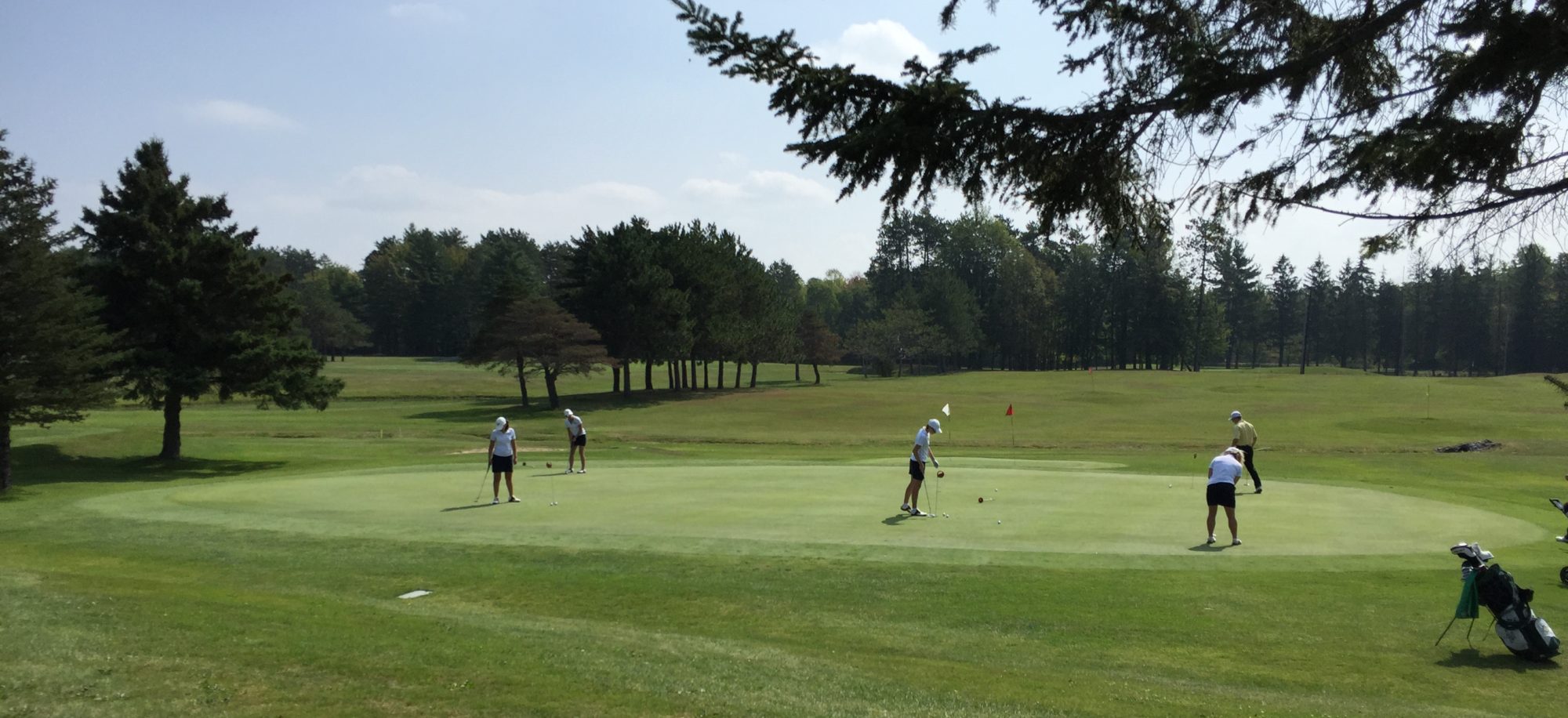Recognizing emotions and being present during your round:
Welcome back, I realize golf may not be on the forefront this week as our nation is juggling a new reality, but if you are looking for something a bit lighter to read and think about, I hope you will participate. If you’ve had time to think about the different emotions you feel on the golf course and were able to recognize the ones you feel most often (we likely feel all different emotions on the golf course, which is completely healthy) however, see if you can pin point the most consistently strong emotion. As you read, keep in mind emotions were designed to help us survive, they are reactions to the information that part of the brain is given (FYI – this is why “Fake it till you make it” works!).
When you are feeling frustrated or angry your emotions are pulling you into the past, these emotions cloud your mind from focusing on the opportunities at hand, such as the shot in front of you. And similarly, if you are feeling fearful or anxious, these emotions are pushing your mind into the future instead of letting you pay attention to the moment you are currently in. Feelings such as joy, confidence, or relaxed allow you to stay in the current moment or commonly referred to as “being present”.
“I was out playing on Saturday and having the game of my life! I started off on the front side only a few strokes over par, so I was just waiting to make a mistake on the back nine. I couldn’t believe how well I was playing after the turn, until I made a 10 on the 15th hole. I wish I could do that hole over again.”
You may be thinking that you told me this story… but you didn’t, I promise, I made it up!
Let’s focus on the phrases “I was just waiting to make a mistake” and “I couldn’t believe how well I was playing.” Instead of savoring the moments of great golf, hearing the birds singing and feeling joyful and confident because of such a great round, they were passing the time with anxious thoughts about what was to come, and worse, by creating this negative belief that they would “make a mistake”, they theoretically talked themselves into it. So often these big mistakes on the golf course are not due to a problem in your swing or not enough time spent hitting balls. The big mistakes are caused by poor decision making or commitment to the shot in front of us because we aren’t able to stay present and focus on what’s happening at the moment.
Using the above information, lets rewrite the narrative.
“I was out playing on Saturday and having the game of my life! I started off on the front side only a few strokes over par. I could feel the warm spring sun on my back and hear so many song birds singing. I could really see the shots I wanted to hit in my mind before I took the club back and before I knew it I was putting out for a bogey on 18 and shot a few strokes below my average!”
A few ways to practice being present between shots without even being at the golf course:
- While washing dishes, notice the temperature of the water, the feel of the cloth you are using and the smell of the soap you are using. Catch yourself thinking about what you are going to make for dinner or how you are going to finish that report before you go to bed tonight and bring yourself back to the task at hand.
- Put 10 coins in your left-hand pocket when you wake up one morning. When you notice you are focusing on something in the past or future and not on the task you were actually trying to accomplish, move a coin over to the right pocket. On the other hand, move a coin back over from the right-hand pocket to the left if you catch yourself slipping into the past or future but are able to refocus and be present to the task at hand.
Work through these exercises and see if you can stay present to your intension, repeat them tomorrow and again the next day to see if you improve:
- Hit 3 putts feeling constant grip pressure back and through
- Hit 3 Putts feeling a stroke moving at 50% tempo back and through
- Hit 3 putts imagining the ball rolling into the hole before you make your stroke
- Hit 3 Putts picturing the hole in your mind’s eye as you make your stroke
- Hit 3 Putts listening to the sound of impact as you hit a putt
Sources & Inspirations:
Vision54
The Clutch Golfer Formula: Eric Jones and Dr. Glen Albaugh
Psychology Today

